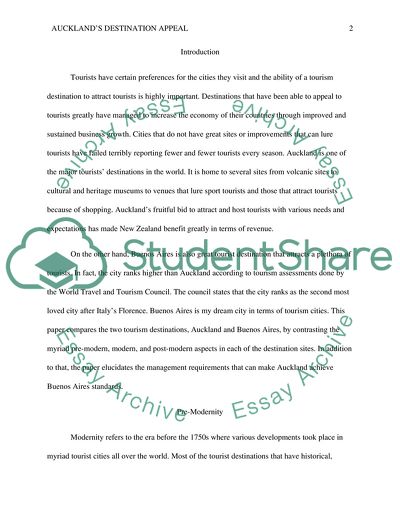Cite this document
(Increasing Aucklands Destination Appeal Coursework Example | Topics and Well Written Essays - 3250 words, n.d.)
Increasing Aucklands Destination Appeal Coursework Example | Topics and Well Written Essays - 3250 words. https://studentshare.org/tourism/1832293-urban-tourism
Increasing Aucklands Destination Appeal Coursework Example | Topics and Well Written Essays - 3250 words. https://studentshare.org/tourism/1832293-urban-tourism
(Increasing Aucklands Destination Appeal Coursework Example | Topics and Well Written Essays - 3250 Words)
Increasing Aucklands Destination Appeal Coursework Example | Topics and Well Written Essays - 3250 Words. https://studentshare.org/tourism/1832293-urban-tourism.
Increasing Aucklands Destination Appeal Coursework Example | Topics and Well Written Essays - 3250 Words. https://studentshare.org/tourism/1832293-urban-tourism.
“Increasing Aucklands Destination Appeal Coursework Example | Topics and Well Written Essays - 3250 Words”. https://studentshare.org/tourism/1832293-urban-tourism.


